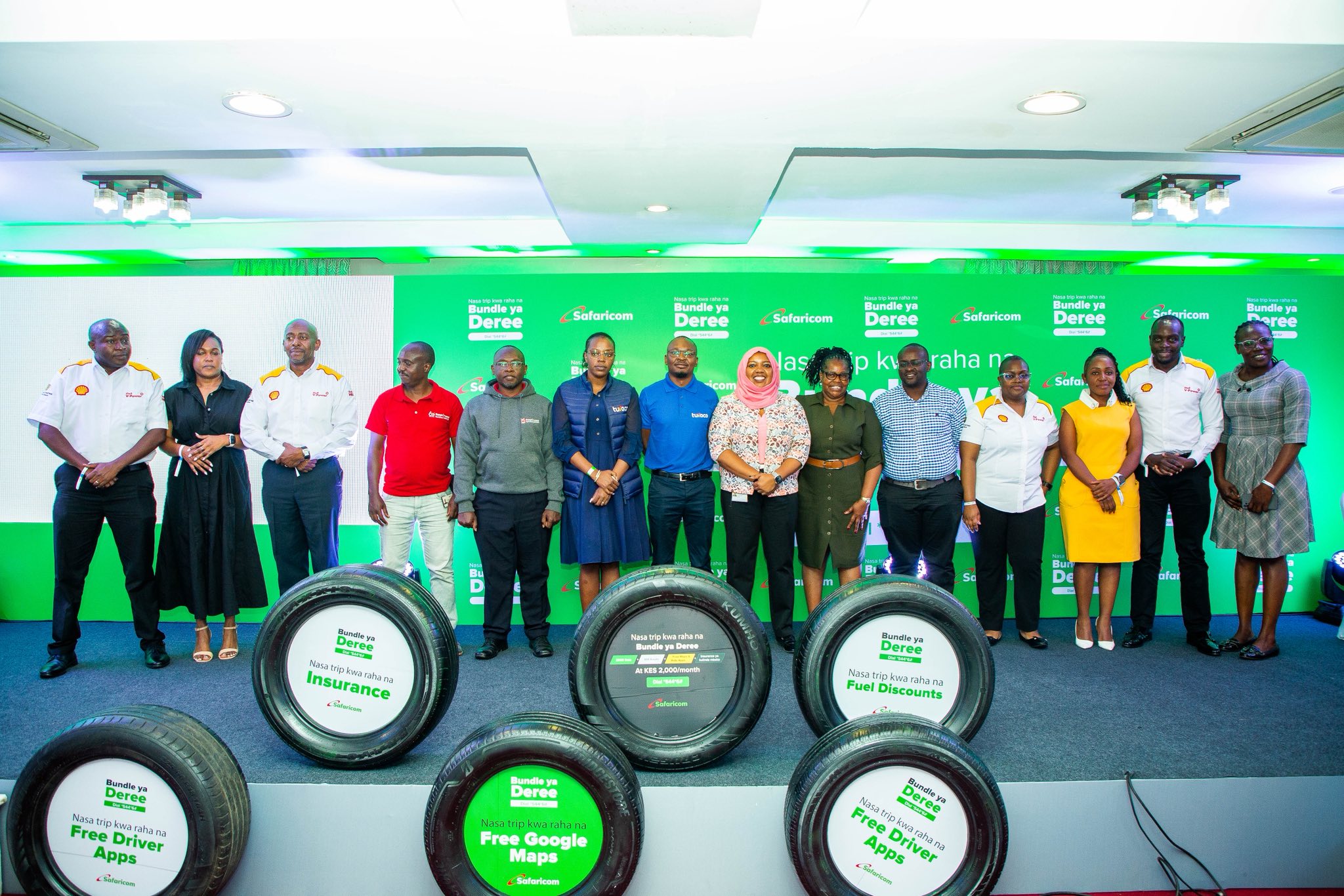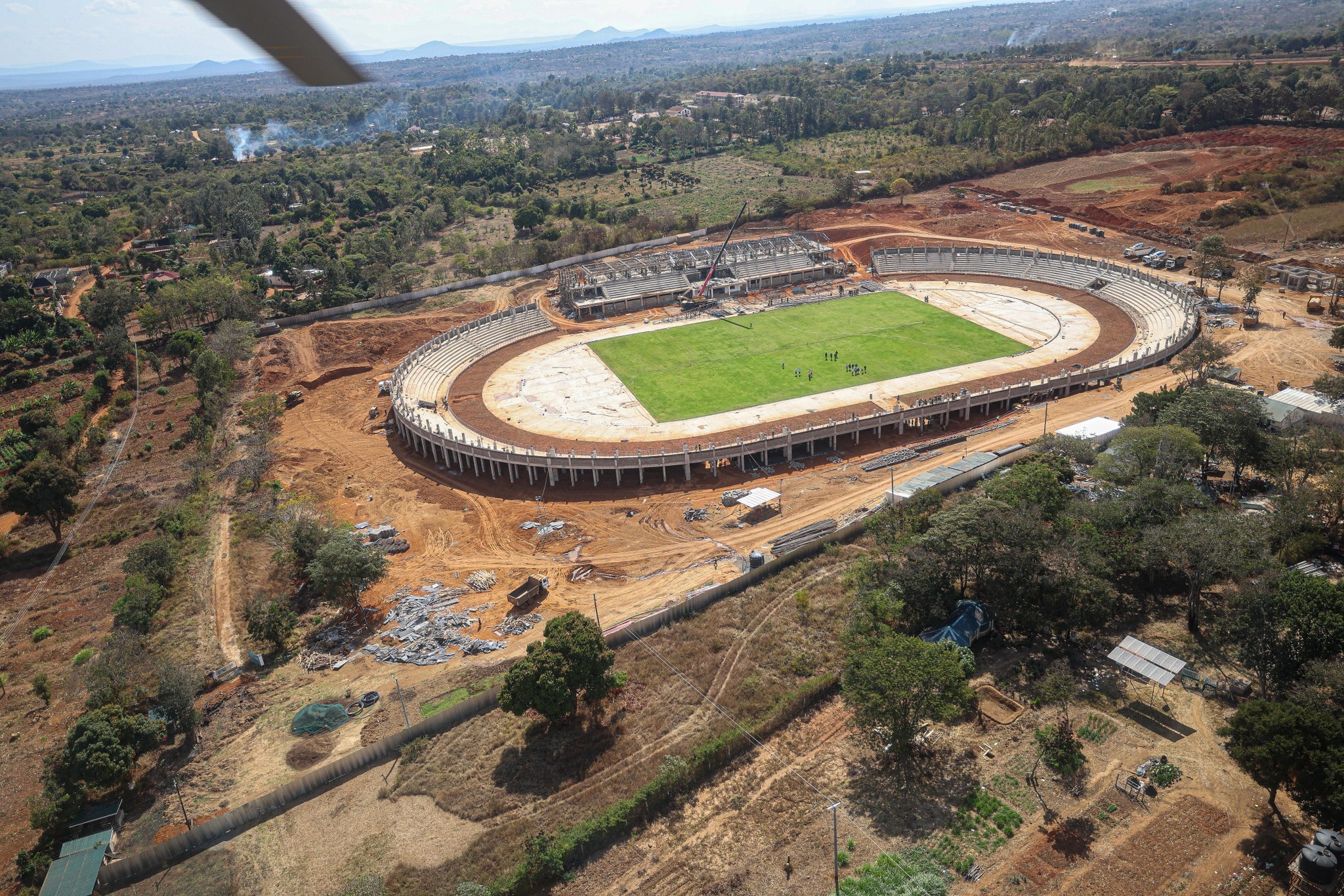35th Sabasaba Anniversary: The Struggle Continues

In 1978, Kenya's second President Daniel Arap Moi, inherited the presidency from the founding president, Jomo Kenyatta. But what began as a transition soon turned into a chilling era of repression. The late President Moi perfected the art of a police state, where fear became the currency of daily life.
Intellectuals, politicians, lawyers, students, writers, and workers, no one was safe from former President Moi’s systematic attacks.
According to historical news reports, hundreds were rounded up, tortured in the basements of Nyayo House, and condemned to lengthy prison terms by so-called "kangaroo courts" held in the dead of night. Many, fearing for their lives and livelihoods, were forced to flee the country.
A courageous group of parliamentarian backbenchers, famously labeled the "Seven Bearded Sisters" by then Attorney General Charles Njonjo, dared to speak out. Names like Abuya Abuya, Onyango Midika, Mwashengu wa Mwachofi, James Orengo, Lawrence Sifuna, Chibule wa Tsuma, and Koigi wa Wamwere became symbols of defiance.
Though Moi tried to muzzle Parliament and even arrested politicians within its hallowed grounds, the spirit of resistance thrived outside. Democrats like George Anyona, Chelagat Mutai, and Wasike Ndobi kept the system on its toes.
Then, a turning point. On June 6, 1990, two respected political figures, Kenneth Matiba and Charles Rubia, announced their audacious plan: a public meeting, a Kamukunji, in Nairobi on July 7th to demand the return of multi-partyism.
The government's response was swift and brutal. On July 4th, the meeting was banned, and Matiba and Rubia were arrested. Their lawyer, John Khaminwa, was detained for simply trying to visit them. Soon after, more human rights lawyers, Gitobu Imanyara and Gibson Kamau Kuria, were seized, along with a rising political star, Raila Odinga.
The call for a "Second Liberation" echoed across the nation. On November 16, 1991, a defining moment: Martin Shikuku, James Orengo, Philip Gachoka, and Rumba Kinuthia rode through the streets on a Toyota pickup, flashing V-shaped signs, making their way to the historic grounds of Kamukunji in Eastlands, a place synonymous with freedom since colonial times.
Security forces, hopelessly outdone, hurled tear gas and opened fire, but they couldn't stop the cheering wananchi.
On December 2, 1991, Moi relented. Multi-partyism was reinstated, and 19 new political parties were registered.
Today, July 7th, marks the 35th anniversary of that pivotal day, forever etched in Kenya’s history as Saba Saba Day. It's remembered as the day nation-wide protests erupted at Kamukunji grounds, demanding free elections.
Though the initial organizers like Matiba and Rubia were arrested, and others like Njeru Gathangu, John Khaminwa, Gitobu Imanyara, George Anyona, and Raila Odinga faced brutality and detention, their courage sparked a national movement that ultimately forced the government to repeal Section 2A of the Constitution, leading to the reintroduction of multi-party democracy.
The struggle continues. In present-day Kenya, Saba Saba has taken on a renewed meaning. Today, human rights groups and Gen Z took to the streets across the country, demanding good governance, respect for democracy, and an end to police brutality and extrajudicial killings.
Source:Awaaz Voices
Tags: Raila Odinga Sabasaba Day William Ruto Editor's Pick
Related
Share this article
Experienced and versatile writer, dedicated to using my exceptional writing and editing skills to inform and advocate. My work focuses on educating and entertaining readers on a range of topics, with a particular expertise in matters of disability.
View articles

